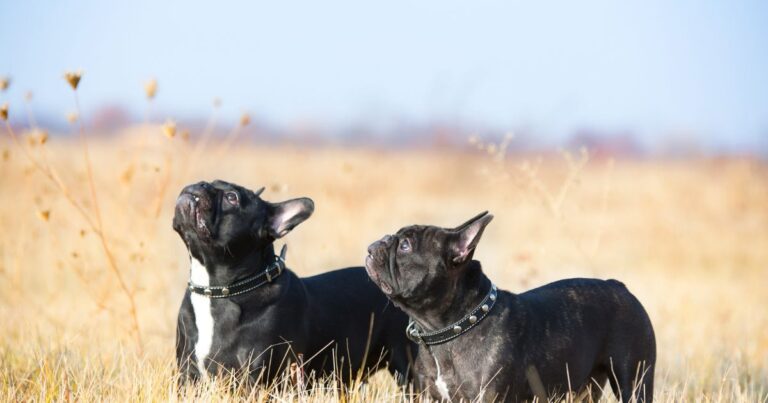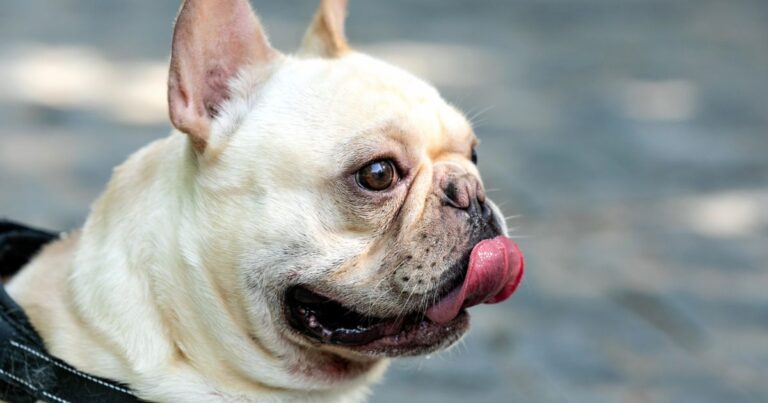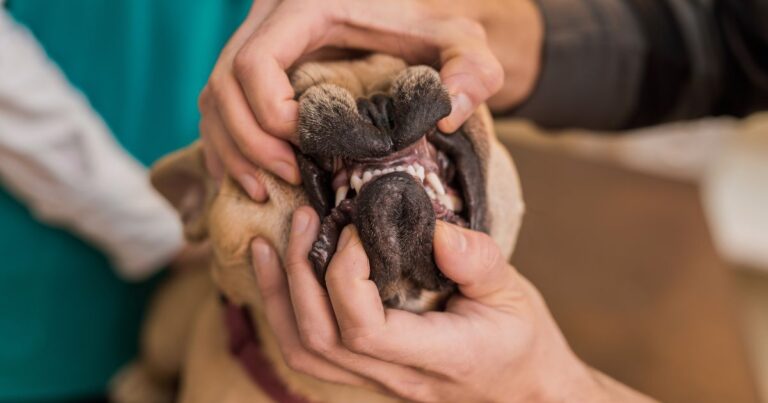French Bulldog Cherry Eye
Table of Contents
French Bulldog Cherry Eye
| Symptoms | Causes | Treatment Options |
|---|---|---|
| Visible red mass in the eye corner | Weak connective tissue | Manual repositioning |
| Squinting | Genetic predisposition | Anti-inflammatory eye drops |
| Discharge from the eye | Facial structure of French Bulldogs | Surgery |
| Signs of dry eye | Common in younger dogs | Post-operative care |
Ever caught your Frenchie giving you the ‘red eye’? No, they’re not developing superpowers, it’s a condition called ‘French Bulldog Cherry Eye’. Don’t panic! Let’s dive into what it is, why it happens, and how to treat it. Stick around, it’s going to be ‘pawsome’!
Introduction
If you’re a French Bulldog owner, you’ve likely heard about a condition called ‘Cherry Eye’, a common eye issue in Frenchies that can be quite alarming if you’re seeing it for the first time. This condition, while not life-threatening, can cause discomfort and potential health complications if left untreated. As a fellow Frenchie owner, I understand the concern that comes with any health issue our beloved pets may face. In this article, we’ll delve into everything you need to know about Cherry Eye, from its symptoms and causes to treatment options and prognosis.
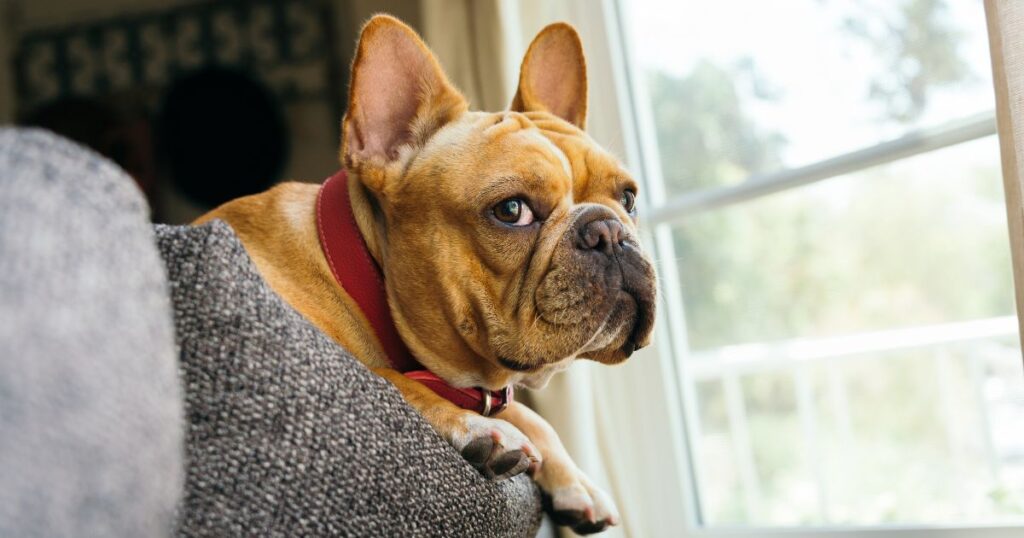
The dog is a gentleman; I hope to go to his heaven, not man’s.
Mark Twain
What is Cherry Eye?
Cherry Eye, while it may sound like a fruit or a cute nickname, is actually a health condition that affects the third eyelid of our beloved French Bulldogs. This third eyelid, also known as the nictitating membrane, houses a tear gland that plays a crucial role in maintaining the eye’s moisture. In Cherry Eye, this gland prolapses, meaning it pops out of its normal position, leading to a visible red mass in the corner of the eye – hence the name ‘Cherry Eye’. It’s important to note that while Cherry Eye may look alarming, it’s generally not painful for your Frenchie, but it does require veterinary attention.
Things to Remember When Dealing with Cherry Eye
- Cherry Eye is not a life-threatening condition
- Early detection and treatment are key
- Surgery is often the most effective treatment
- Cherry Eye can reoccur even after treatment
- Regular follow-ups with your vet are important
Symptoms of Cherry Eye in French Bulldogs
Identifying Cherry Eye in your Frenchie early on is crucial, and it all starts with being aware of the symptoms, which can range from a visible red mass to impaired vision. The most obvious sign is the appearance of a red or pink blob in the corner of your Frenchie’s eye, which can be quite startling. You may also notice your Frenchie pawing at their eye or squinting, indicating discomfort. In some cases, there may be discharge from the eye or signs of dry eye, such as redness and inflammation. If you notice any of these symptoms, it’s important to consult with your vet as soon as possible.
Signs Your Frenchie Might Have Cherry Eye
- Visible red mass in the corner of the eye
- Squinting or pawing at the eye
- Discharge from the eye
- Signs of dry eye, such as redness and inflammation
- Changes in behavior, such as increased sleepiness or decreased activity
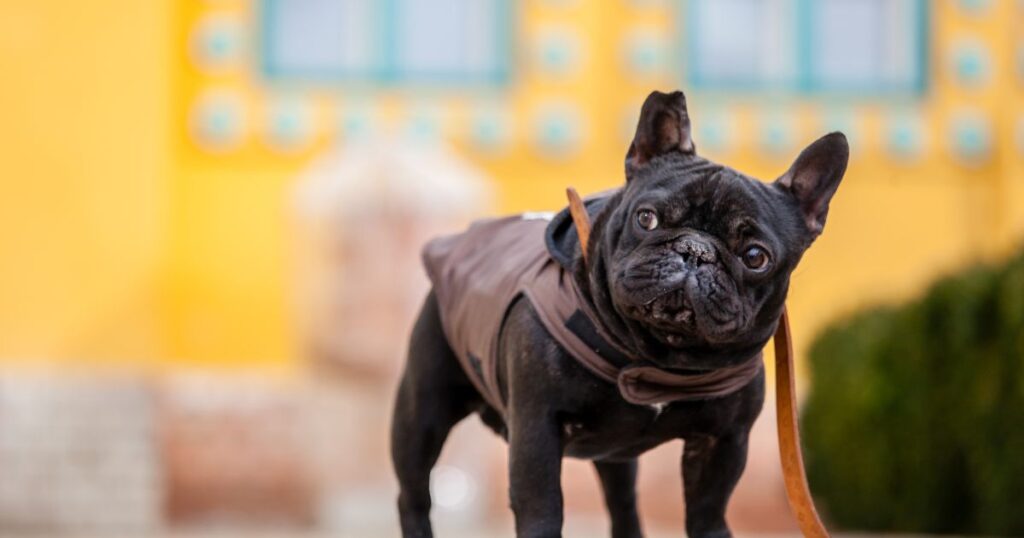
What causes cherry eyes in French bulldogs?
You might be wondering why our adorable Frenchies are particularly susceptible to Cherry Eye, and the answer lies in their unique breed characteristics and genetic predisposition. French Bulldogs, along with other brachycephalic breeds (those with short noses and flat faces), are more prone to Cherry Eye due to their facial structure. The exact cause of Cherry Eye is not fully understood, but it’s believed to be due to weak connective tissue that fails to keep the gland in place. While Cherry Eye can occur at any age, it’s most commonly seen in younger dogs, often before they reach two years of age.
Treatment Options for Cherry Eye
Discovering that your Frenchie has Cherry Eye can be distressing, but the good news is that there are several treatment options available, both surgical and non-surgical. Non-surgical treatments include manual repositioning of the gland and the use of anti-inflammatory eye drops or ointments prescribed by your vet. However, these methods are often temporary solutions, and the Cherry Eye may reoccur. Surgical treatment, on the other hand, involves repositioning the gland back into its normal location and securing it there. It’s important to note that removal of the gland is not recommended as it can lead to dry eye syndrome.
Questions to Ask Your Vet About Cherry Eye
- What treatment do you recommend for my Frenchie’s Cherry Eye?
- What are the potential risks and benefits of this treatment?
- What can I do to prevent Cherry Eye from reoccurring?
- How can I best support my Frenchie’s recovery after treatment?
- What signs of complications should I watch out for?
How do you fix cherry eye without surgery?
While surgery is often the most effective treatment for Cherry Eye, some owners may wish to try non-surgical methods first. One such method is the manual repositioning of the gland. This involves gently massaging the gland back into place while the dog’s eye is lubricated. However, this method is often only a temporary fix and the Cherry Eye may reoccur. It’s also crucial to note that any attempts to manipulate the gland should only be done under the guidance of a veterinarian to avoid causing further harm. Anti-inflammatory medications may also be prescribed by your vet to reduce swelling and discomfort.
Non-Surgical Treatments for Cherry Eye
| Treatment | Description | Effectiveness |
|---|---|---|
| Manual Repositioning | Gently massaging the gland back into place | Temporary fix |
| Anti-inflammatory Medication | Reduces swelling and discomfort | Varies |

What to Expect from Cherry Eye Surgery
If your vet recommends surgery for your Frenchie’s Cherry Eye, it’s natural to feel anxious, but understanding what the procedure involves can help alleviate some of your concerns. The surgery, known as gland replacement surgery, involves creating a small pocket in the third eyelid and tucking the gland inside, securing it in place. The procedure is relatively quick, often taking less than an hour, and most dogs recover well with minimal complications. Post-surgery, your Frenchie will likely need to wear an Elizabethan collar (the infamous ‘cone of shame’) to prevent them from scratching or rubbing their eye.
Surgical Treatments for Cherry Eye
| Procedure | Description | Recovery Time |
|---|---|---|
| Gland Replacement Surgery | The gland is repositioned and secured in place | Usually a few weeks |
Prognosis and Aftercare for Cherry Eye
With prompt treatment, the prognosis for Cherry Eye in French Bulldogs is generally positive, but it’s important to know what to expect during the healing process and how to provide the best aftercare for your pet. After surgery, your vet will likely prescribe eye drops or ointments to prevent infection and reduce inflammation. It’s crucial to follow your vet’s instructions closely and to keep up with any follow-up appointments. While Cherry Eye can reoccur even after surgery, most Frenchies go on to lead happy, healthy lives with no impact on their vision.
Aftercare for Cherry Eye Surgery
| Aftercare | Description |
|---|---|
| Elizabethan Collar | Prevents the dog from scratching or rubbing their eye |
| Eye Drops or Ointments | Prevents infection and reduces inflammation |
Preventing Cherry Eye and Maintaining Eye Health
While Cherry Eye is largely a genetic issue in French Bulldogs, there are steps you can take to maintain your Frenchie’s eye health and potentially reduce the risk of this condition. Regular check-ups with your vet can help catch any issues early, and keeping your Frenchie’s eyes clean can prevent irritation. Providing a balanced diet and ensuring your Frenchie stays hydrated can also support overall health, including eye health. Remember, while we can’t prevent all health issues, we can certainly do our part to keep our Frenchies as healthy as possible.
Steps to Maintain Your Frenchie’s Eye Health
- Regular check-ups with your vet
- Keeping your Frenchie’s eyes clean
- Providing a balanced diet
- Ensuring your Frenchie stays hydrated
- Avoiding irritants, such as smoke or dust

The bond with a true dog is as lasting as the ties of this earth will ever be.
Konrad Lorenz
Conclusion
Dealing with Cherry Eye in your French Bulldog can be a challenging experience, but with the right knowledge and care, you can help your Frenchie navigate this issue and lead a happy, healthy life. Remember, while Cherry Eye may look alarming, it’s treatable, and your Frenchie can still enjoy a great quality of life. As always, if you have any concerns about your Frenchie’s health, don’t hesitate to consult with your vet.
Things to Avoid When Dealing with Cherry Eye
- Trying to fix Cherry Eye without consulting a vet
- Ignoring the symptoms of Cherry Eye
- Delaying treatment
- Not following your vet’s aftercare instructions
- Neglecting regular check-ups with your vet
Disclaimer: This article is intended for informational purposes only. It’s not intended to be a substitute for professional veterinary advice, diagnosis, or treatment. Always seek the advice of your veterinarian with any questions you may have regarding your pet’s health.
Call to Action: For more information on French Bulldog health and care, check out my other articles here and here. Remember, knowledge is power when it comes to caring for our beloved Frenchies!
Please check out my other articles in this series: French Bulldog Hypothyroidism and French Bulldog Gastrointestinal Issues
Frequently Asked Questions
How do you get rid of cherry eye on a French Bulldog?
Treatment for Cherry Eye usually involves either manual repositioning of the gland or surgery. It’s important to consult with a vet for the best course of action.
Does cherry eye go away on a French Bulldog?
Cherry Eye does not typically go away on its own and requires treatment. Ignoring it can lead to further complications such as dry eye or eye infections.
What causes cherry eyes in French Bulldogs?
Cherry Eye is believed to be caused by weak connective tissue that fails to keep the gland in place. French Bulldogs are particularly susceptible due to their unique breed characteristics and genetic predisposition.
Can cherry eye fix itself?
Cherry Eye does not typically resolve itself and requires veterinary intervention. While temporary relief may be achieved through manual repositioning, surgery is often the most effective long-term solution.
Can I push my dog’s cherry eye back in?
While it’s possible to manually reposition the gland, this should only be done under the guidance of a veterinarian to avoid causing further harm.
How do you fix cherry eye without surgery?
Non-surgical treatments for Cherry Eye include manual repositioning of the gland and the use of anti-inflammatory eye drops or ointments. However, these methods are often temporary solutions.
How can I fix my dog’s cherry eye at home?
It’s not recommended to try and fix Cherry Eye at home without professional guidance. Always consult with a vet if you suspect your dog has Cherry Eye.
Is cherry eye painful in dogs?
Cherry Eye itself is not typically painful, but it can cause discomfort and lead to other issues like dry eye or eye infections if left untreated.
What happens if I don’t fix my dog’s cherry eye?
If left untreated, Cherry Eye can lead to complications such as dry eye, eye infections, or damage to the cornea. It’s important to seek veterinary care if you notice symptoms of Cherry Eye.
Is cherry eye in dogs caused by stress?
While stress can exacerbate health issues in dogs, Cherry Eye is primarily caused by a weakness in the connective tissue that holds the gland in place.
How does cherry eye start?
Cherry Eye usually starts with the appearance of a red or pink blob in the corner of your dog’s eye. This is the gland of the third eyelid that has prolapsed, or popped out of its normal position.
Why does my dog suddenly have cherry eye?
Cherry Eye can occur suddenly, often due to the weakness in the connective tissue that holds the gland in place. It’s most commonly seen in younger dogs, often before they reach two years of age.


